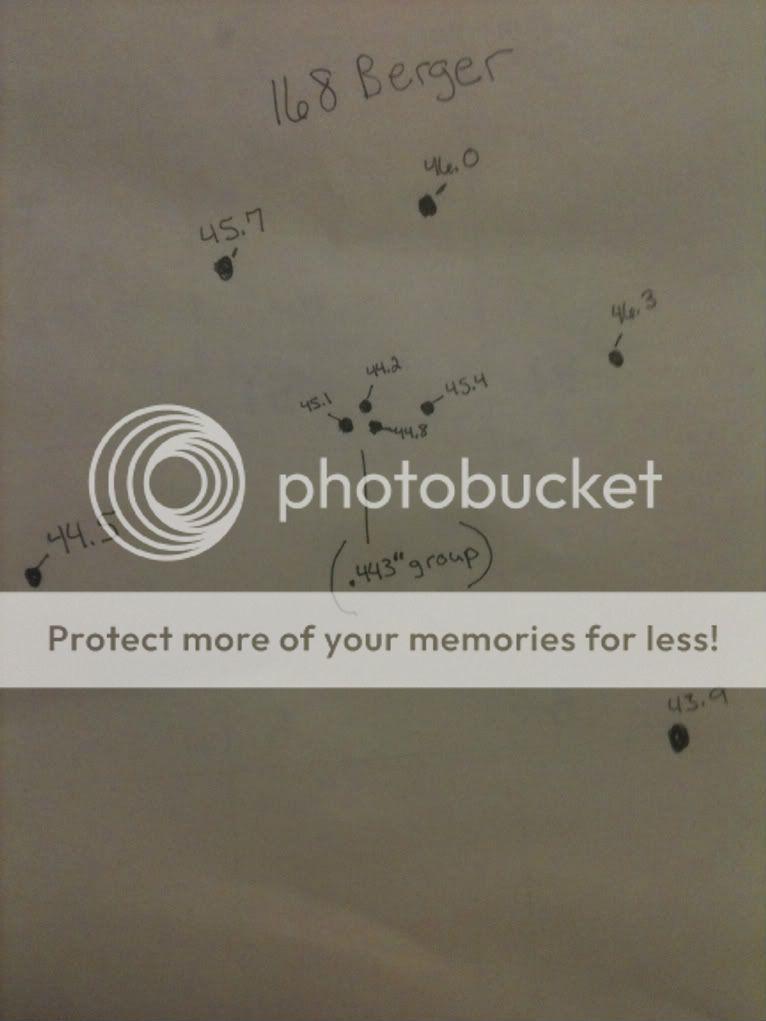You mention "scatter node", which is OCW lingo, I should point out...

I do agree that the 45 grain area looks most promising, so the ladder did give you an idea of where to go (but often 300 yard ladder test don't work, for various reasons)...
I have some info on my OCW page you can find linked at the bottom of this post... you cannot identify a scatter node without at least 3 shots at that same charge level, and it's best to shoot the test at 100 yards... the instructions are on the first page.
Read also why the ladder test often fails to yield intelligible results, and the reasons for that; the aforementioned "scatter node," a point at which the acoustic shock wave is at the muzzle when the bullet exits... we identified this event some years back, as the phenomenon generally presented during a properly executed OCW test. And we coined the phrase "scatter node" to describe it...
here's a direct link to that page...
OCW Overview - Dan Newberry's OCW Load Development System
Dan


